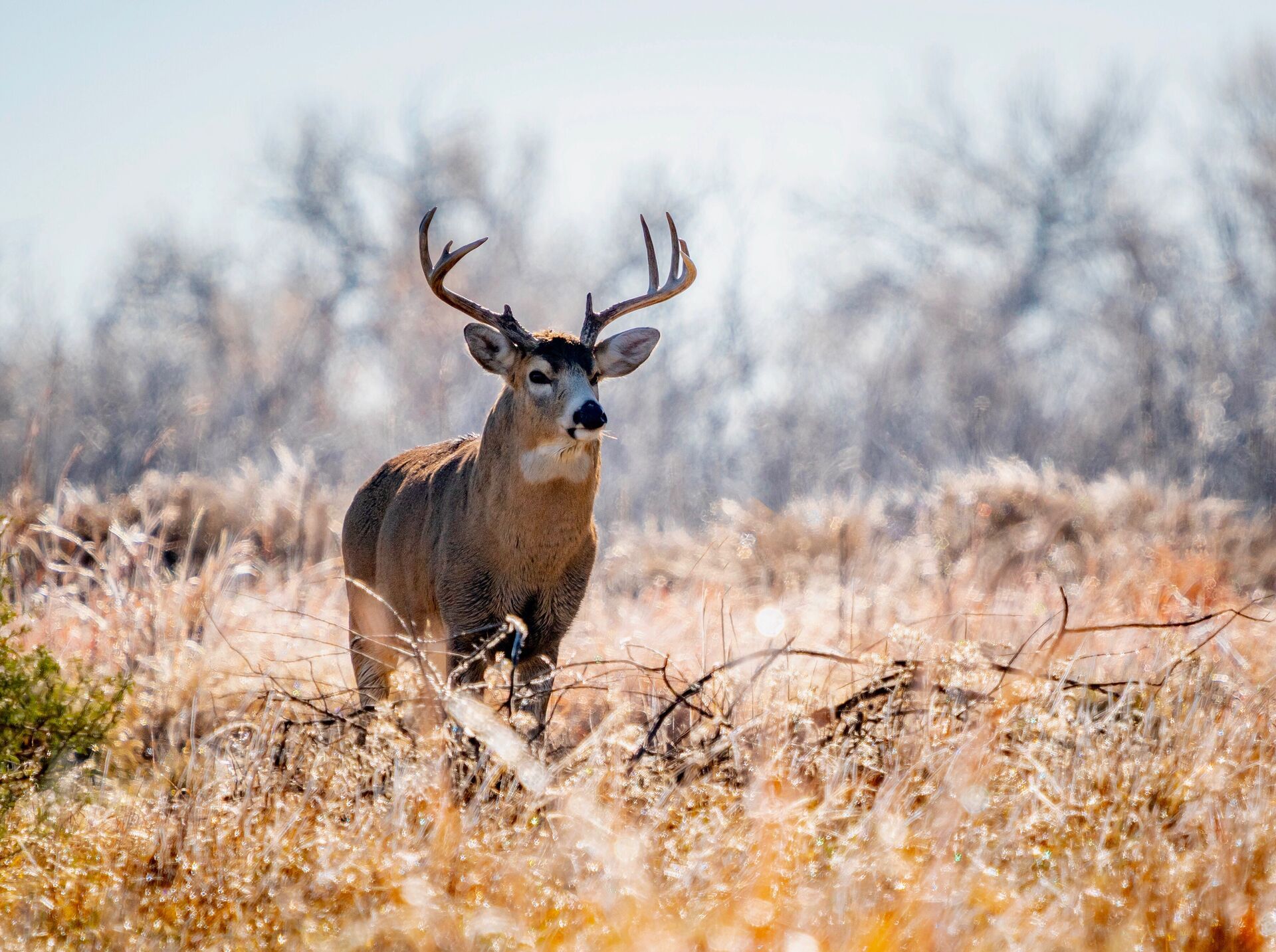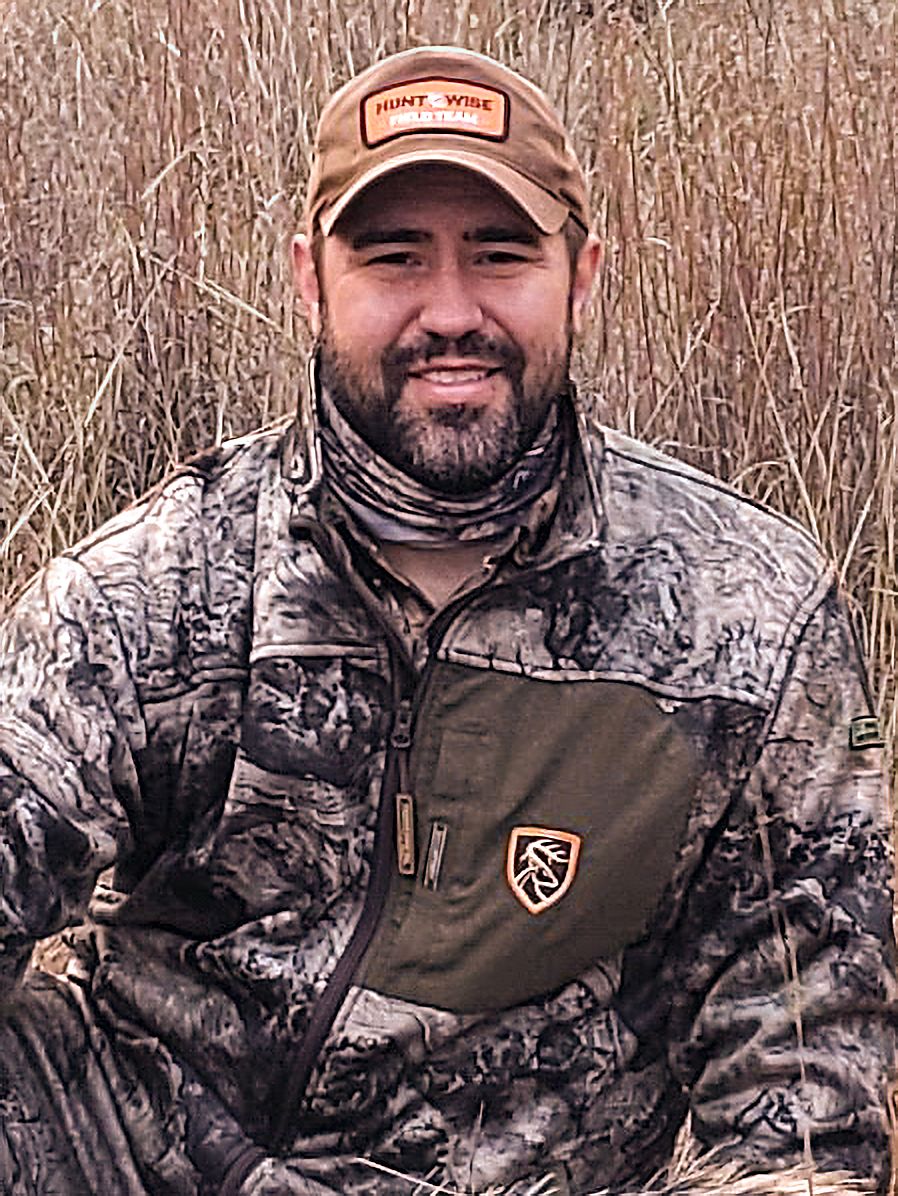But there may be one tactic you may not be factoring into your hunting strategy: understanding and hunting thermals.
What are thermals, and how can they help (or hurt) your success when hunting deer? That's what we're talking about today!
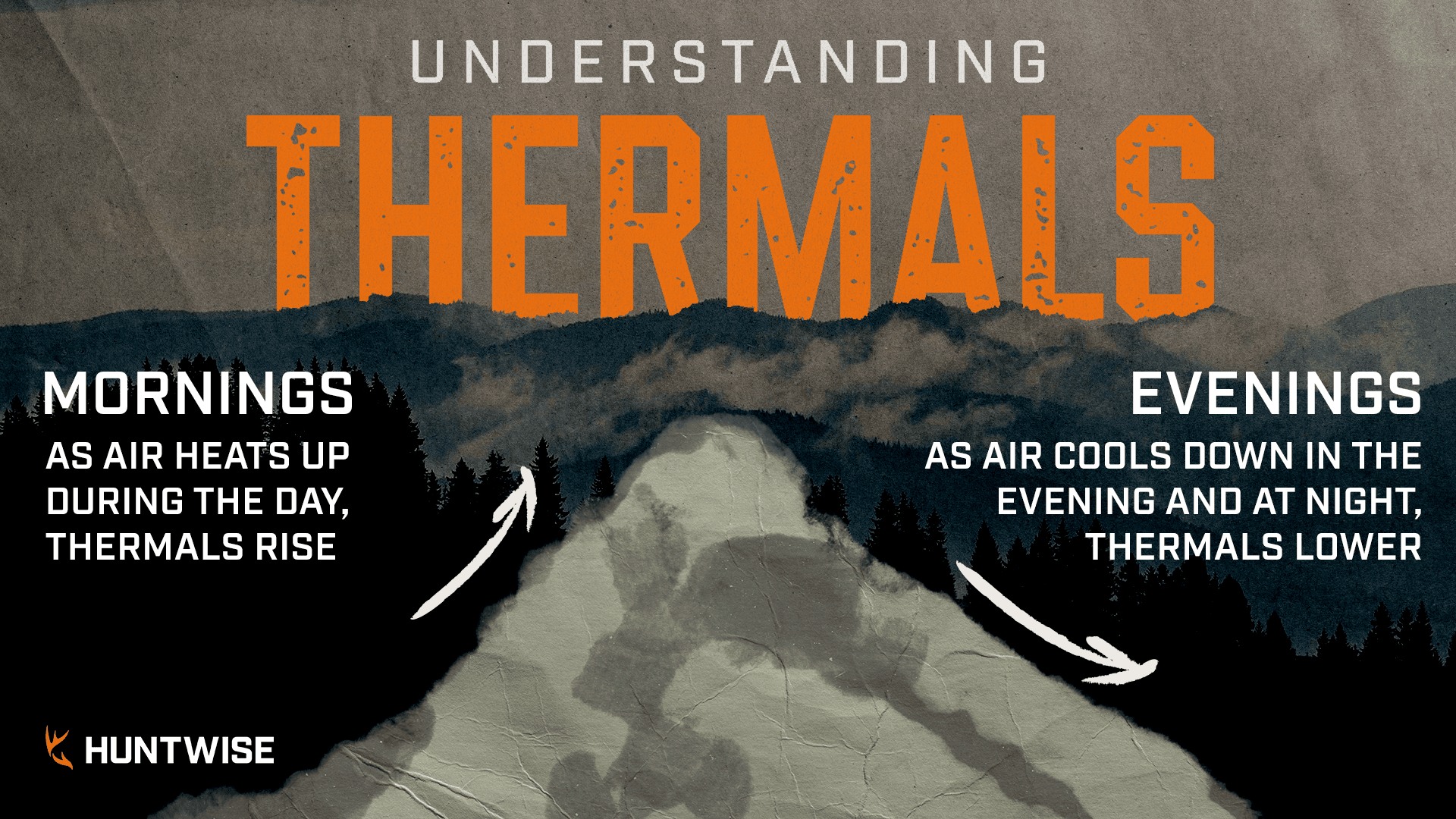
What Are Thermals?
Thermals, simply put, are natural air currents caused by the ground heating the surrounding air. These air currents influence how scent travels in the woods and can be an important factor to consider while deer hunting.
Western deer and elk hunters in the mountains are well-versed in thermals, as these can become exaggerated in more extreme terrain, but are still something even Midwest whitetail hunters can add to their playbook to help fill a tag in flatter country.
How Do Thermals Work?
In the dark early morning hours, cool, heavy air sinks downhill and fills low-lying areas. Then, as the sun rises and begins warming the ground, the heat from the ground warms the air above it.
This warmer air is less dense and begins to rise above the surrounding cooler air, causing aptly named “rising thermals.” As this air rises, it carries scent with it in an upward draft. Deer will typically move uphill during this time to take advantage of thermals, alerting them to any dangers down below.
As the sun continues to rise throughout the morning, so does the intensity of thermal activity. As more warm air rises, cooler air is constantly pulled down in its place. These “swirling thermals” can be very inconsistent, so wind will be the dominant factor to consider until the sun begins to go down later in the day.
Once the ground is warmed, the swirling dies down, and the air tends to move steadily uphill through most of the day. As the sun begins to go down in the afternoon and into the evening, the air begins to cool, and the entire thermal process flips. Inconsistent thermals pick up again as the ground begins to cool.
Cooler, heavier air sinks into valleys and lower terrain, pulling scent downward with it and causing, you guessed it, “falling thermals”. Deer will often move downhill during this stage, using thermals again to stay one step ahead of any potential predators on the hills and ridgetops above.
Why Thermals Matter for Hunters
So, how do thermals work in hunting?
Deer rely heavily on their sense of smell, and understanding thermal patterns can help you position yourself downwind or in neutral scent zones. Ignoring these thermals can often lead to being winded by deer and being busted before a shot opportunity presents itself, especially when getting in close while bowhunting.
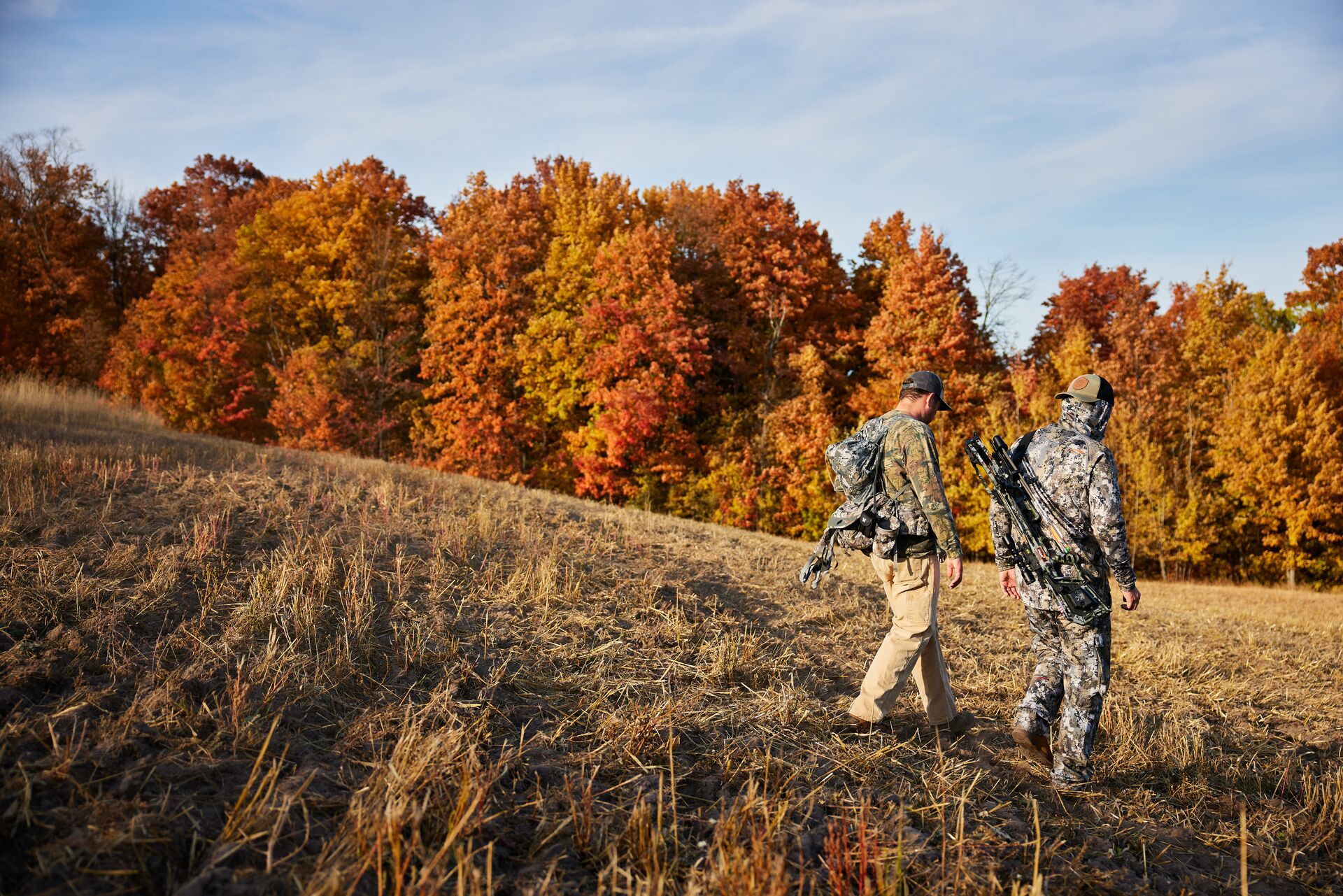
What Else Should Hunters Keep in Mind About Thermals?
The deer woods are not perfectly uniform, and neither are thermals.
Changes in topography, tree canopy cover, and water can also play a role in these thermal dynamics. A pond or spring-fed creek cooler than the surrounding ambient temperatures can create thermal variations that pull scent downhill towards them.
River bottoms full of large trees can create microclimates that affect how thermals move in the landscape. These sheltered areas can be substantially cooler than surrounding areas, causing delayed upward thermals in the morning and earlier downward thermals in the evening.
Conversely, bluffs or exposed rocky areas that receive direct sunlight can heat up quicker than the surrounding ground. These formations can hold onto that heat longer, resulting in more sustained updrafts earlier and later in the day.
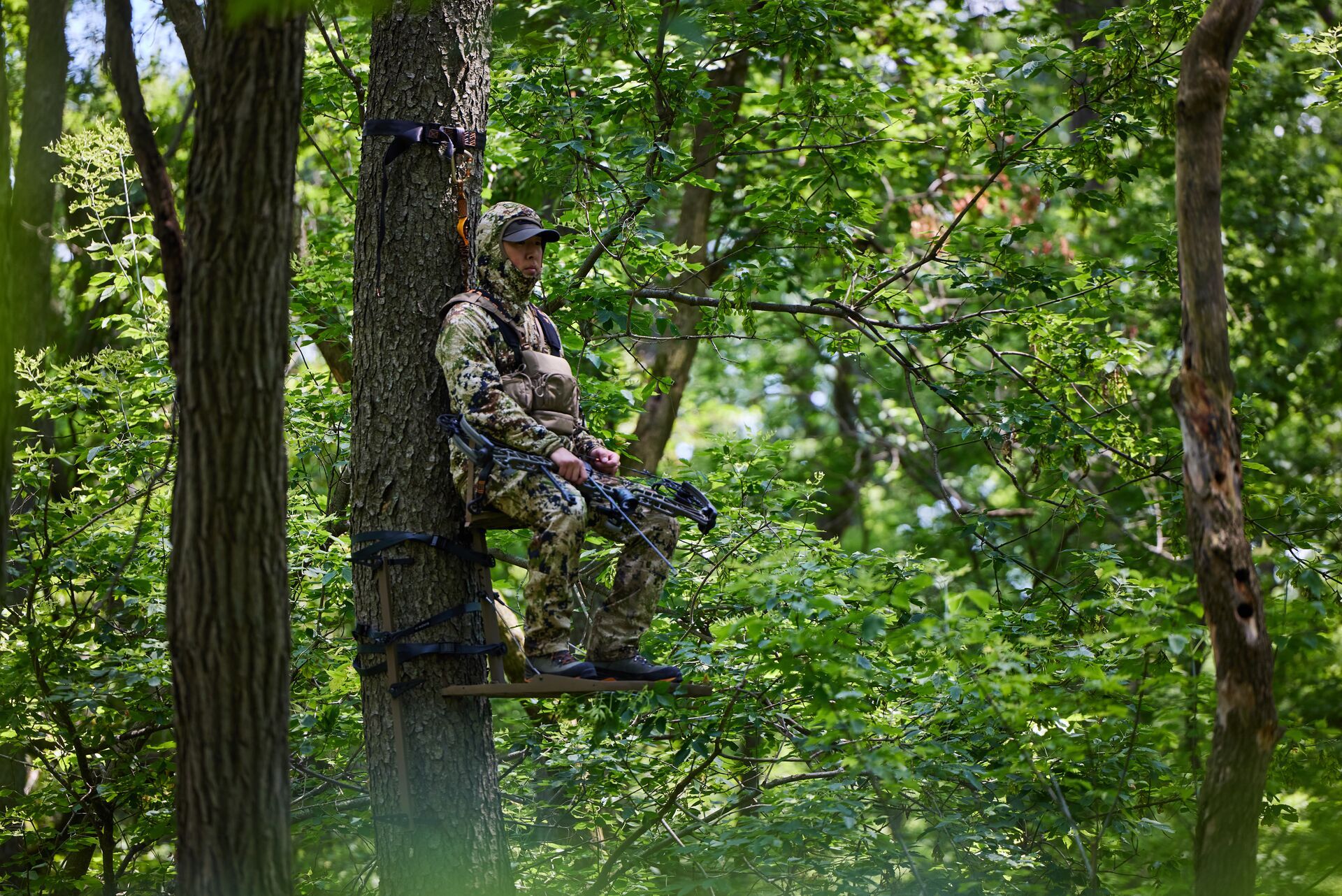
What Are Some Best Practices for Hunting Thermals?
Hunting the wind and mastering the skills of using thermals to your advantage takes some skill. However, when you apply some best practices, hunting thermals becomes second nature and part of your overall strategy.
1. Scout with Thermals in Mind
As you scout, observe how thermals behave on different parts of your hunting land during various times of day and weather conditions. Deer may enter fields at the lowest lying edge of a field to give themselves the advantage.
Then, in your HuntWise app, mark what you observe related to weather, wind, and deer behavior. Having those insights helps you plan your hunt.
2. Set Stands Strategically
Use different stands in the morning vs. the afternoon or evening based on thermals.
Place your morning stands higher on slopes to take advantage of rising thermals. Use lower terrain spots in the evening to catch deer moving downhill with falling thermals.
3. Time Your Entry and Exit
Travel to stands when thermals are predictable to avoid leaving scent trails where deer may travel. Enter stands from down below for evening sits, and from up above for morning hunts.
4. Carry a Wind Checker
In addition to checking real-time wind and weather in the HuntWise app, carry a wind checker (like this one from our friends at Dead Down Wind) with you. Use it to visibly track how air currents move in real-time through the terrain and around obstacles.
Milkweed seeds work great, are all natural, and the plants are beneficial to native pollinators.
5. Combine Thermals with Wind Strategy for Optimal Scent Control
Opt to hunt spots where the wind direction aligns with thermal movement.
The downwind side of ridges can be a hotspot for older, more mature bucks. These leeward sides offer deer security by presenting scent in several directions with rising and falling thermals and swirling winds.
6. Beware of Thermal Tunnels and Swirls
In steep or irregular terrain, like drainages or small bottoms, thermals can swirl unpredictably, creating tough-to-hunt pockets. Tread carefully or avoid these areas to prevent spooking and educating deer to your presence.
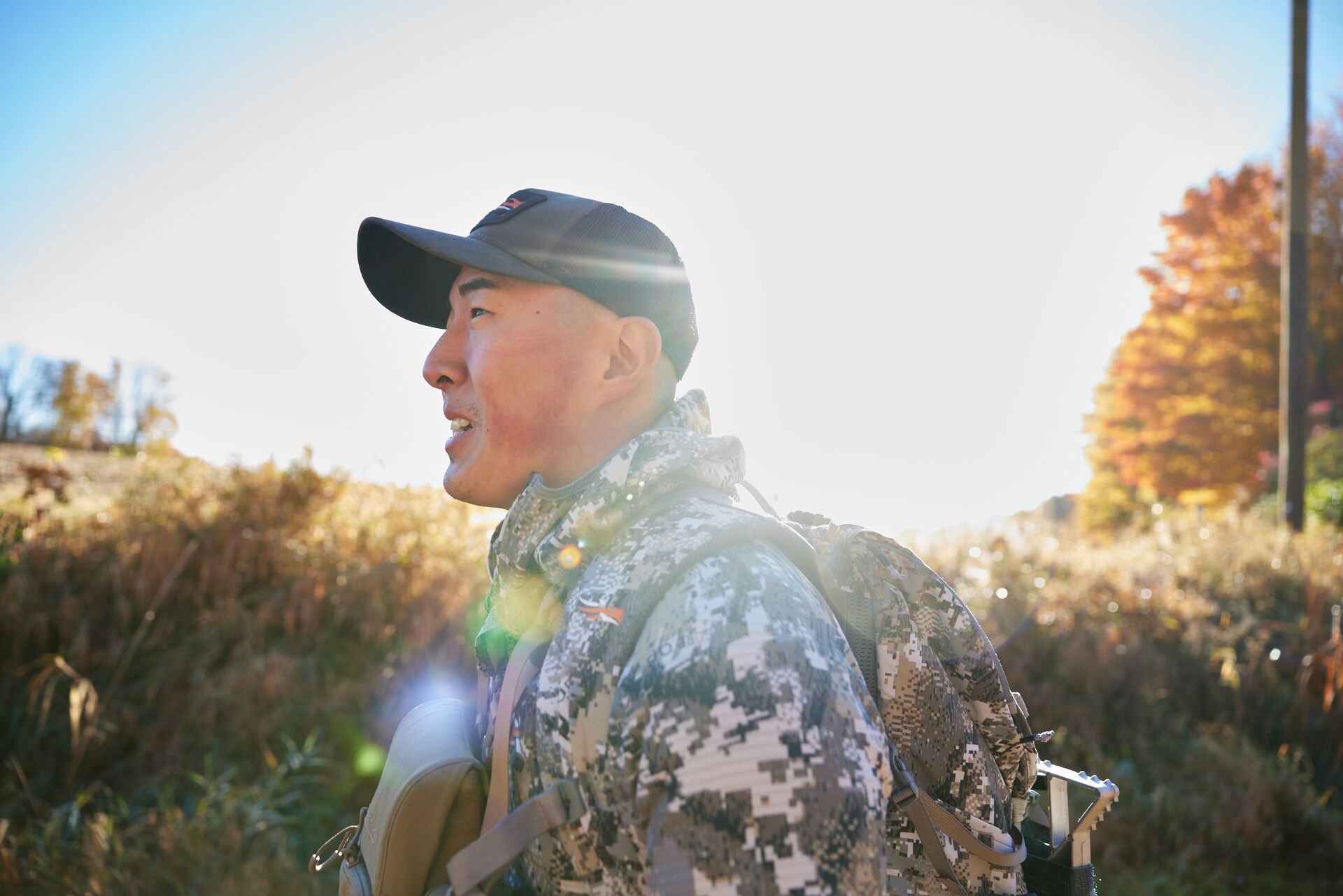

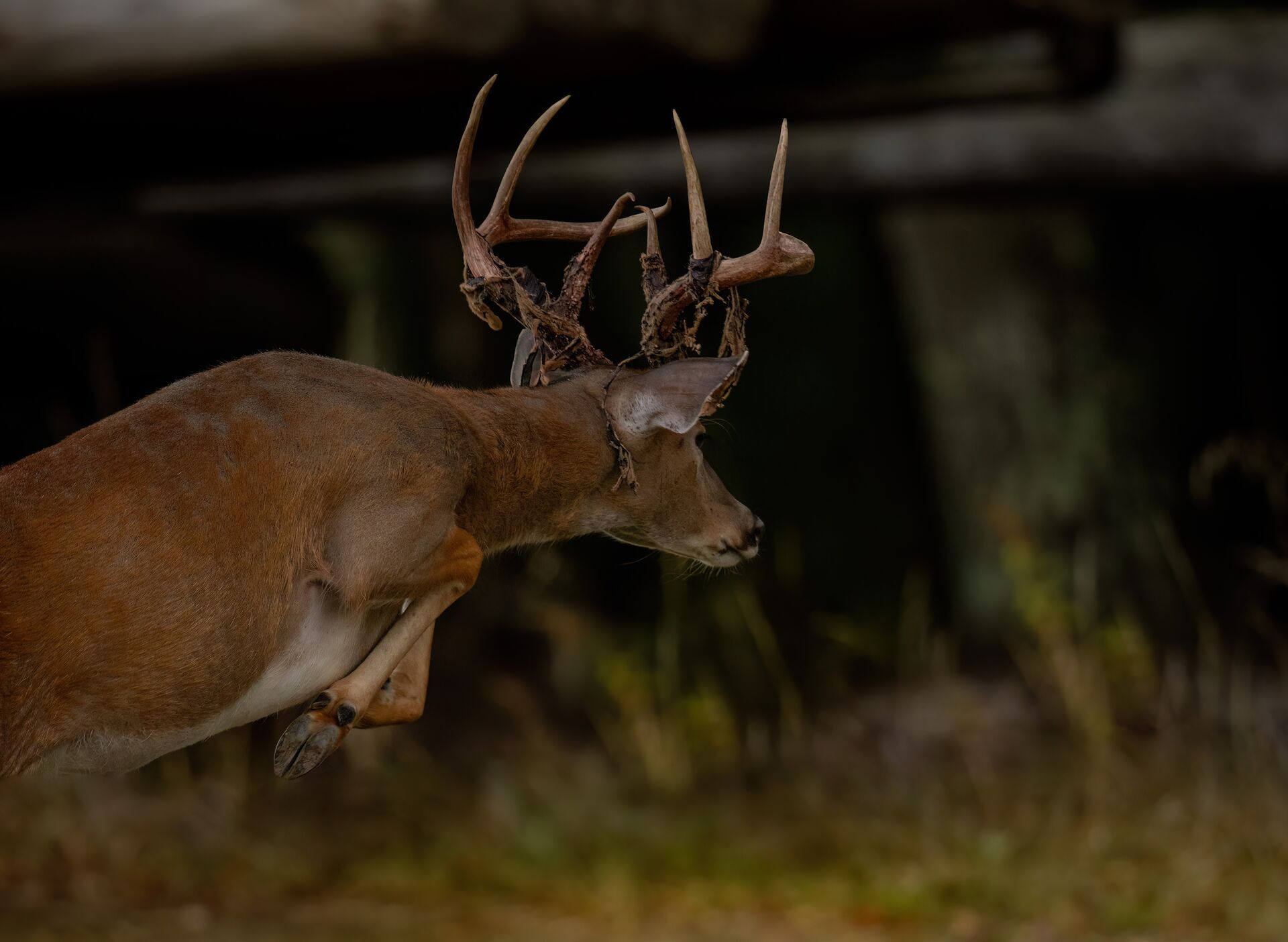
 Deer
Deer Deer
Deer Deer
Deer